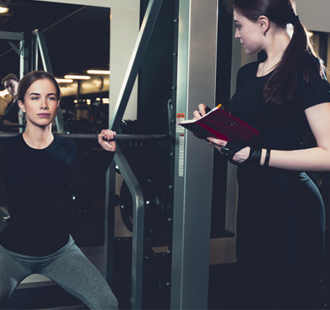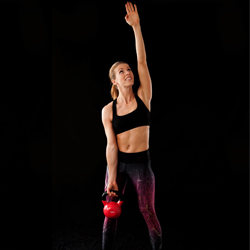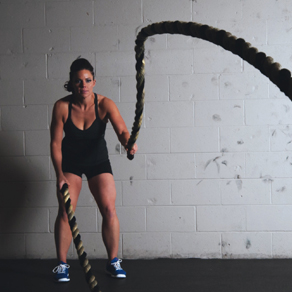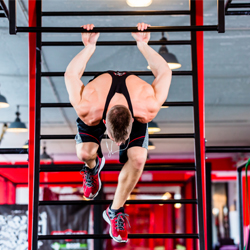
Functional training attempts to adapt or develop exercises which allow individuals to perform the activities of daily life more easily and without injuries. In the context of body building, functional training involves mainly weight bearing activities targeted at core muscles of the abdomen and lower back.
Functional fitness exercises train your muscles to work together and prepare them for daily tasks by simulating common movements you might do at home, at work or in sports. While using various muscles in the upper and lower body at the same time, functional fitness exercises also emphasize core stability.
Everyday movements can leave runners and sport enthusiasts withering in pain on a bad day, and this is why the exercises behind functional training are so important. Functional training stands out from conventional training because of its way to reduce the risk of injury and stress to your body
Functional training exercise

Kettlebell exercise
Stand with the kettlebell between the feet on the floor. Squat down and grab a hold of the handle with both hands while the back remains flat. Engage the core, tighten those glutes, and keep the arms extended as the body rises on up, kettlebell and all! Aim for 12 to 15 reps, maintaining proper form throughout.

Battle ropes
Battle rope workouts work the muscles in your abs, back, and glutes, and you can incorporate movements, such as jumps, lunges, and squats, that work your legs, too.Battle ropes are often thought of as a tool for your upper body, which they are. However, their benefits don’t end there

Tire flips
This is the classic movement that The World’s Strongest Man made famous. The flip is a tremendous movement for people who need explosive power. This is one of the best exercises for athletes such as football linemen, wrestlers, and others who need to exert force quickly to move heavy opponents.

Monkey climbing exercise
1. Basic (or Regular) Monkey Bars – This is a great basic move to work on your lat, core and grip strength.
2. Skip-A-Bar – This is a harder variation of the basic movement because you have to perform a single arm hang as you reach to skip over a bar.
3. Weaving – While Skipping takes a toll on the upper body because you have to hold on to reach further and then swing on one arm to get to the next bar, Weaving takes a lot of grip strength to walk along the bars.




